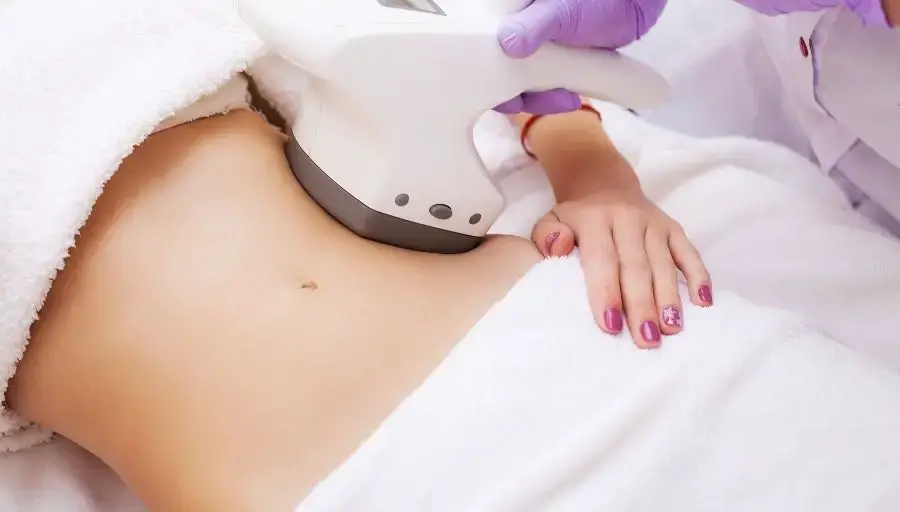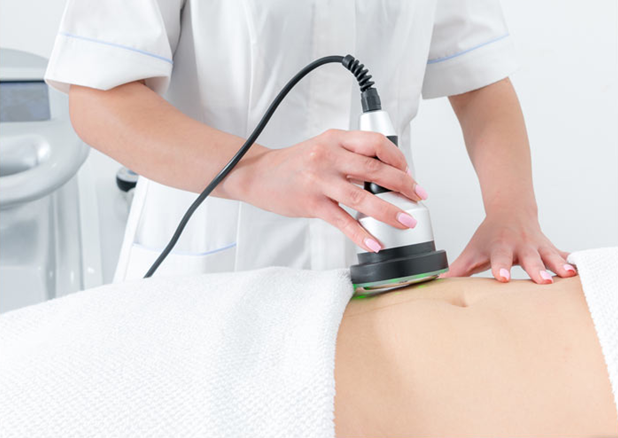Is 80k Cavitation Stronger Than 40k?
The cavitation machines are priced according to as well as speed (k-values) of the machine, its cavities, and bubbles/second the frequency of the pulse, the width of the pulse levels of cavitational energy and treatment time. The two most well-known models for cavitation are Model 2140 with 35 kHz IS Sono Therapeutics cavitation device at $2590, and the 40 kHz Model 3000 cavitation machine at $3195. A 80K session lasts around 15 to 30 minutes and can be completed within two weeks. Both of these machines emit sound waves every 0.5 milliseconds, with a production of around 200 kPa (kilo-pascals) for the Model 2140 IS Sono Therapy cavitation machine and 220 kPa for the Model 3000 cavitation machine. Based on cavitational energy, cavitational frequency, cavitational pulses cavitational amplitudes, counts per second/pulse, and area and pressure of cavitational:
40k is More Cavitating Over 80k
Cavitational bubbles created by the 40 kHz cavitation machine are released at the cavitational force of 220 kPa. This is more powerful that the bubbles released by the cavitation device at 35k. They have cavitational pressures at 200kPa. The cavitations that occur at 40k are more potent: One adverse effect of cavitational frequencies that are lower than 20 kHz is the fact that the cavitational pressure may cause cavitational bubbles to break, causing cavitation within cavitations. Since the cavitational energies in 40 kHz cavitation are more powerful and more powerful, they have a lesser possibility of disrupting the cavitational bubbles, and the cavitation that occurs within them.
The Cavitations Of 40k Are More Effective:
Because the cavitational forces of those at 40 kHz are greater and there is a greater number of cavitation bubbles per cavitation the cavitational energies of 40 kHz cavitations are more efficient and the cavitations are only approximately 0.1 milliseconds (one-tenth of milliseconds). Cavitation bubbles in cavitations have been speculated to be the cause of most harm because the cavitational bubbles in cavitations could collide with each other, creating cavitational shock waves that could cause cavitation rupture. Cavitations of 40k are more efficient against scar tissue the cavitational pressures in the cavitations of 40 kHz (220 KPa) are more powerful than other cavitational pressure ranges that are used for cavitations lower than 80 kHz. This is excluding 200-520 kPa in 30-50 kHz cavitation.

Cavitations with 80k Breaking Tissues More Effectively
For cavitational frequencies between 30 to 50 kHz, cavitational pressures can range between 200 and 525 kPa, with cavitational bubble counts between 5 and 20 cavities per second/area, which is more powerful than cavitational bubbles of 40 kHz. However, the cavitational pressures at cavitational frequencies between 30 and 50 kHz remain strong enough to cause disruption to the cavitational bubbles within cavitations, which can cause cavitation-induced shock waves.
Each cavitation frequency is more effective than the other in terms of breaking down scar tissue cavitational frequencies lower than 80 kHz because cavitation bubbles themselves can be damaging due to the collision of cavitation bubbles inside cavitations as well cavitations that are created inside cavitations. The most effective frequencies for cavitation for breaking down scar tissue are within the range of 30 to 50 kHz since the frequencies of cavitation have high cavitational forces with a small chance of generating cavitation-induced shock waves which may cause tissue damage.

